Chile
A long, long time ago — sometime between Genesis and Deuteronomy — God called together all the people on Earth to decide who would live where. With wisdom and sensitivity, He put the English on an island so that no one would have to live next to them. The Chinese were given vast river valleys so that they could feed lots of people. The Armenians received pastures to grow grains for their wonderful breads and to feed the sheep whose wool would make their carpets. By Saturday night, everyone was happy with their new homes. On Sunday, everyone rested.
Except for the Chileans, who didn’t get the memo. When they showed up on Monday morning, God told them that all the lands were gone. Nothing was left. The Chileans persisted and said “We work hard. Can we help you clean up after you’ve created this world?” So, God gave the Chileans shovels, brooms and rakes and the Chileans got to work. It wasn’t long before they came to God to say “Look! We found a desert, and a few active volcanoes, and some glaciers, and several lakes, and a bit of soil that looks like it could grow grapes. Can we have these?”
God replied “You’ve earned them. They’re all yours.” And lo, He slapped these scraps onto the side of South America. And that, my friends, is how Chile came to be one of the most beautiful and varied countries in the world. The people are pretty wonderful, too.
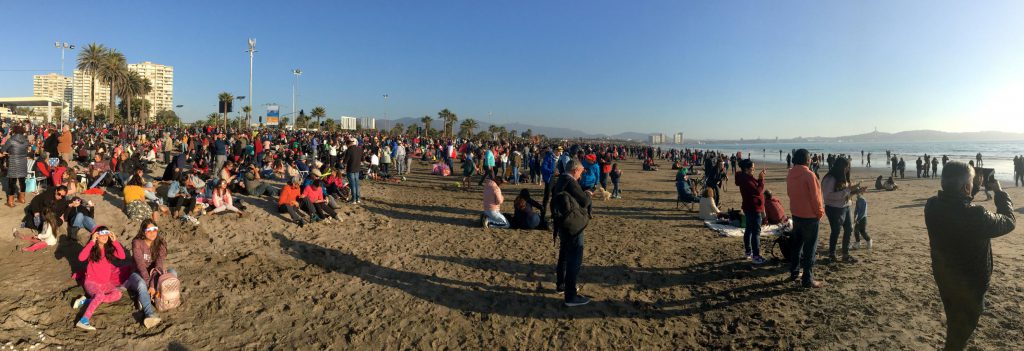
Chile will always be one of my favorite countries. When I learned that there would be a total solar eclipse here, I made my plans to come to South America to see it. In all honesty, my recent journeys through Brazil, Uruguay and Paraguay were just the means to the end to get to La Serena, Chile, on the afternoon of July 2.
About 250,000 other folks, mostly Chileans, decided to join me. Conveniently, La Serena has a huge beach, 10 kilometers long. The eclipse coincided with a very low tide that afternoon, so there was plenty of room for children, dogs, picnics and musical instruments. The weather could not have been more perfect, with cool, dry air, no breeze and not a cloud in the sky. I was impressed by how many people came to see this eclipse.
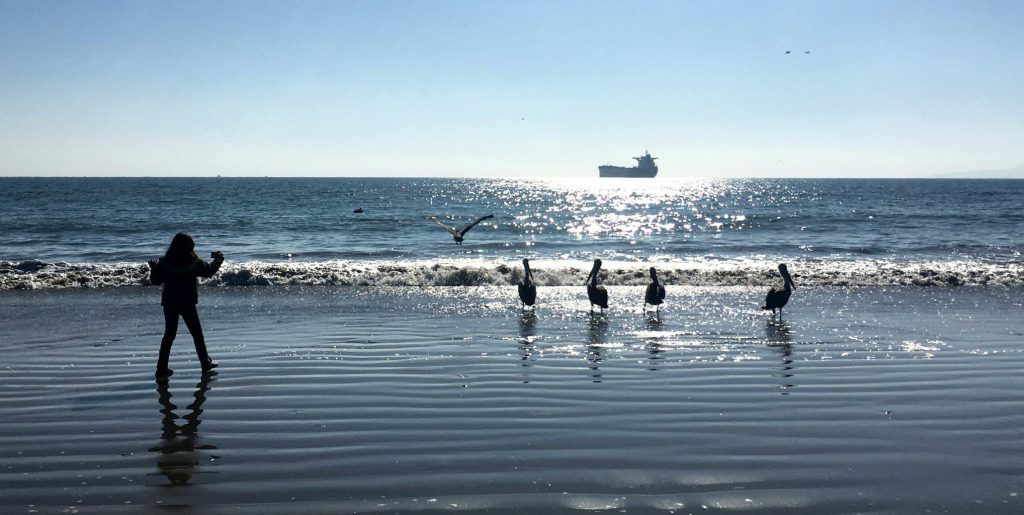
The entire eclipse process takes a couple of hours. The sun starts to darken. Shadows become sharper. Little crescents appear where sunlight peaks through palm trees. Refraction lines ripple across the ground. Birds aren’t sure what they should do.
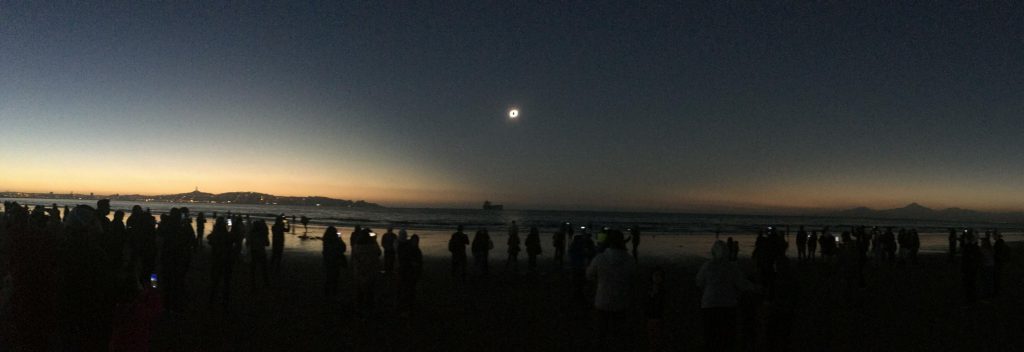
Finally, totality happens. If there are no clouds and you’ve got a clear view to the horizon, you get a strange effect that looks like sunset in all directions. This is because, outside of the moon’s shadow, the sun is still shining.
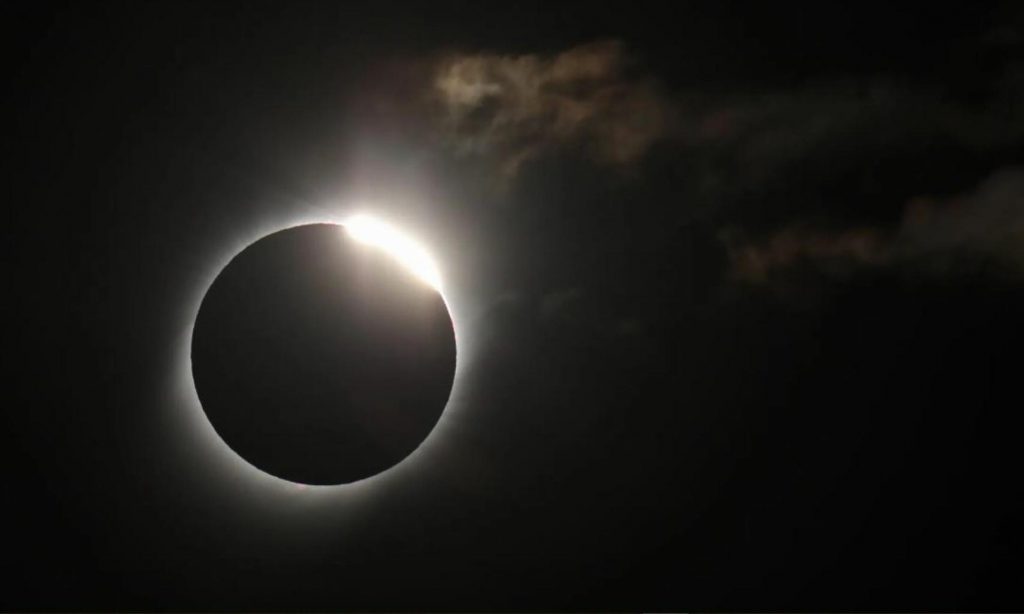
When the total eclipse happened (which lasted for a little more than 2 minutes), the whooping of a quarter million happy people was something to remember.
After that “peak experience” in La Serena, I had to find a respectable follow-up. So, I flew 3700 kilometers west to one of the most remote islands in the Pacific Ocean.
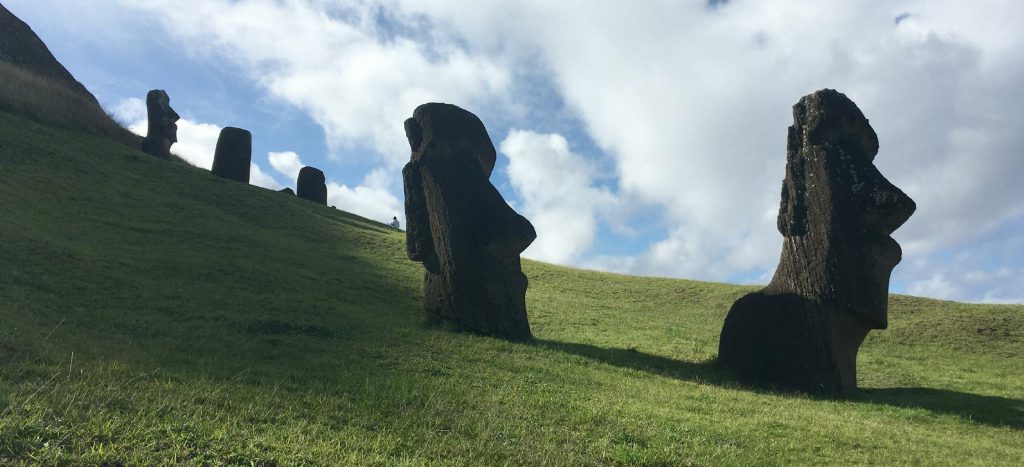
Easter Island, also known as Rapa Nui, is someplace I’ve always wanted to see. I never quite believed the photos I saw and the theories I’d heard of this place. As we all know, there’s nothing quite like going someplace to see for yourself.
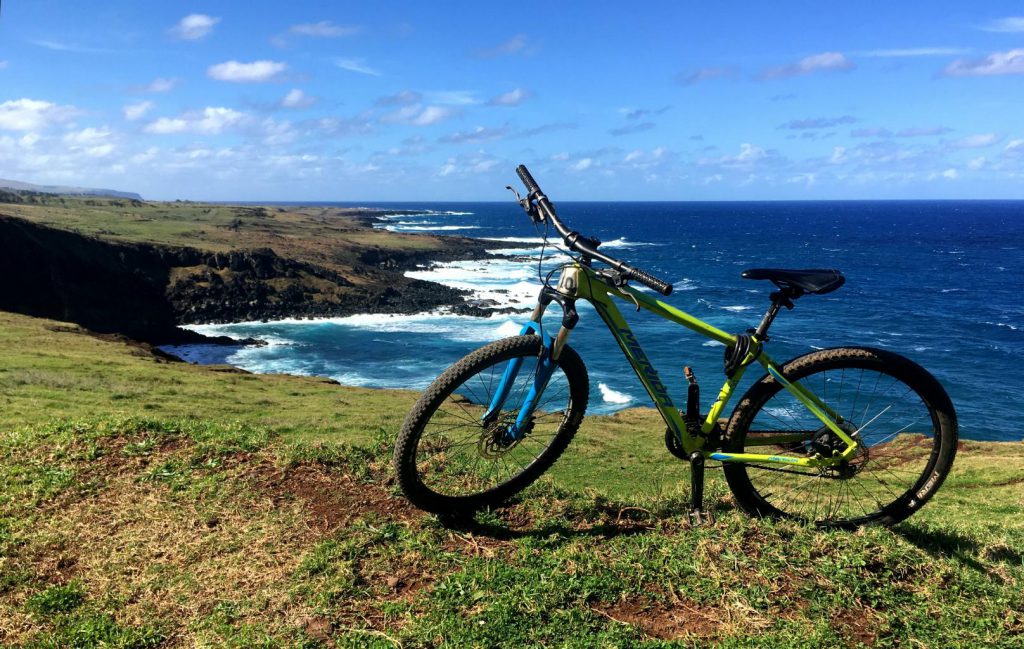
The island itself is about the size of Washington DC, which makes the island very bike-able. I loved cruising along the tops of cliffs with moai on one side of me and surf crashing on the other side.

I spent four nights and three full days on Rapa Nui. That’s about enough time to visit the museum and tour all the archaeological sites.
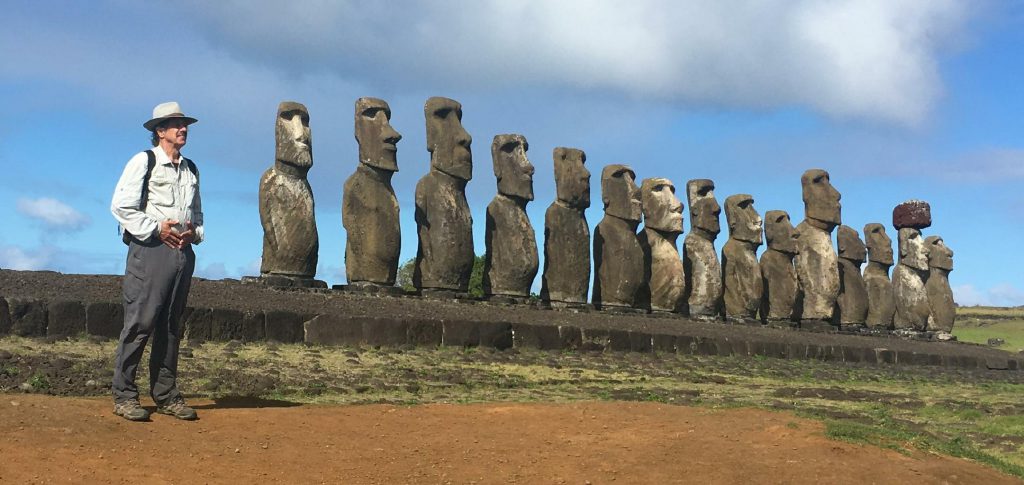
One thing I was especially pleased to learn was how these huge and heavy statues were moved. Legend says that they walked to their final resting places. A clever group of archaeologists figured out how to make a moai “walk”. Click here to see their video. (This makes a lot more sense than putting the statues on rollers, which would have damaged the carvings on their back sides.)
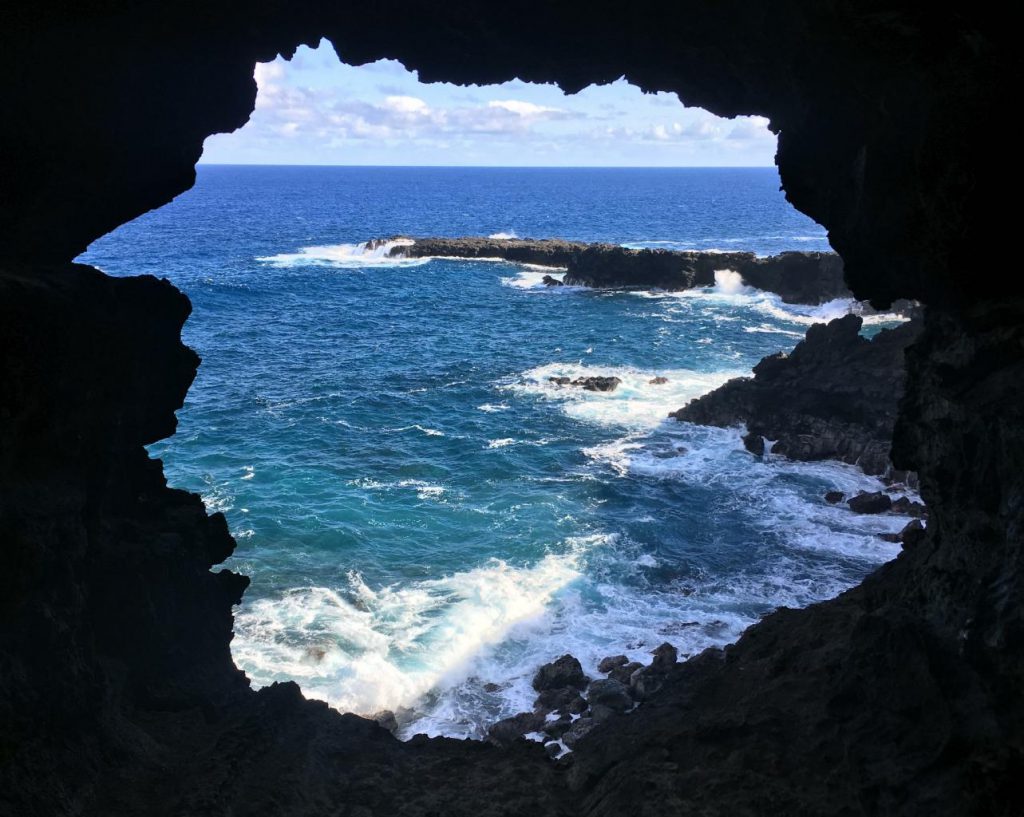
Rapa Nui has some exciting geology to explore. One side of the island is full of lava tubes which I was free to explore without a guide … which is always my favorite way to explore.
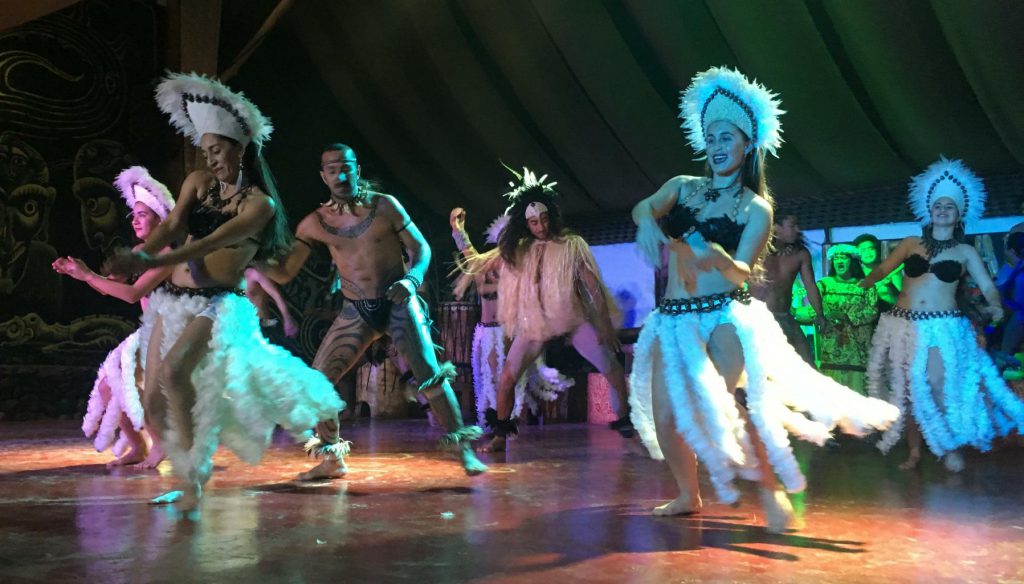
I hadn’t realized how Polynesian Rapa Nui is. The people, the language and the culture isn’t related to anything that I’d seen in South America. Spanish is spoken here, but it’s a second language for most of the people who live here. Fascinating. I think I’ll have to spend more time in Polynesia. Aha, there’s an idea for a future adventure!
But first, I have another place I want to visit. Stay tuned for Bolivia.

I love the video of the walking moai. Another wonderful post reminding me of how underestimated South America is to most of us in the US. Chile was our first international destination together and never disappointed.
ALWAYS, ALWAYS, very, interesting and envy provoking! Thanks!